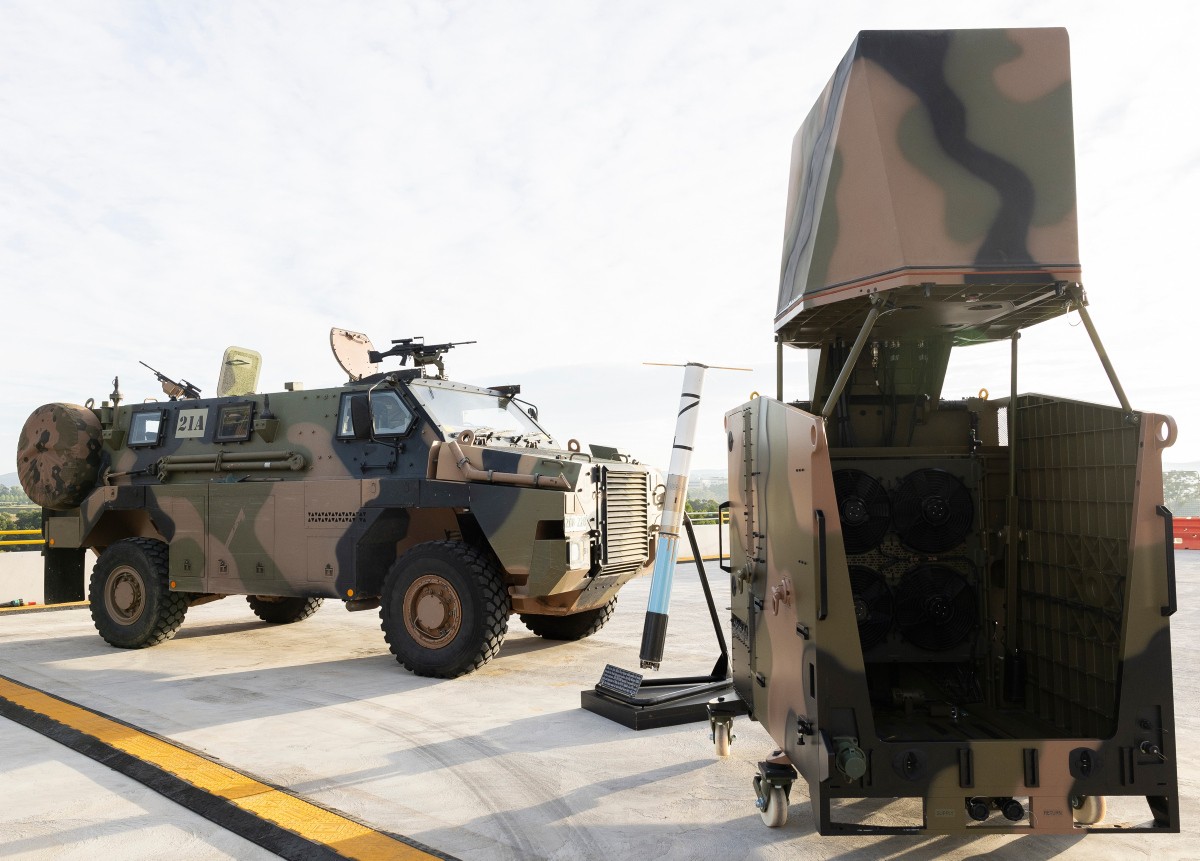Letters and Commentary - A response to ‘Vietnam—The Australian War’
To the Editors
It’s a pity that Brigadier John Essex-Clark did not read Paul Hams Vietnam—The Australian War with a more critical eye (Australian Army Journal, Summer 2007). The book holds too many errors that range from the silly to the serious for it to be classified as a ‘history students textbook’. There is no doubt that Paul Ham can write well and what he has written is easy to read. One expects, however, that the narrative and its references be reliable. This is where Vietnam fails the test. The book is sprinkled with silly statements like the Australian Army Training Team’s existence was top secret; it was not. Colonel Serong’s travel and the selection of where the initial AATTV was to be deployed are also incorrect. The seriously false explanation of the ARVN regiments’ action and the behaviour of the Black Panther Company during Tet 1968 at Hue is scurrilous nonsense. There are many statements made in the book that are without corroboration.
Sadly there is almost a sinister sub-text to the explanation of the return of the body of the first national serviceman to be killed—Private Noack—to Australia. The policy of the return of remains changed in January 1966 and, if the next of kin requested it, the body would be returned to Australia at public expense. As a side-note to this change, the Commonwealth reimbursed all who had previously paid for the return of remains. Ham writes that the Task Force borrowed a lead coffin from the Americans and that the Americans had thoughtfully injected embalming fluid into the corpse. International protocol required that bodies be embalmed and sealed in hermetically sealed coffins prior to transhipment. One gets the distinct impression from Paul Ham’s explanation that the borrowed lead coffin would need to be returned to the Americans, and that the Australian Force Vietnam did not care for the body of one of its dead. Such basic errors that are easily proven to be wrong raise a question against the total book, and this book—owing to its subject—should be subjected to strong critical analysis. Unfortunately, Paul Ham may have skimmed through too much to the point that it overwhelmed him and he found half-truths and created a few more myths about Vietnam. Vietnam—The Australian War adds weight to the adage ‘do not judge a book by its cover’.
Yours sincerely
Bruce Davies
Point Lonsdale
25 January 2008


